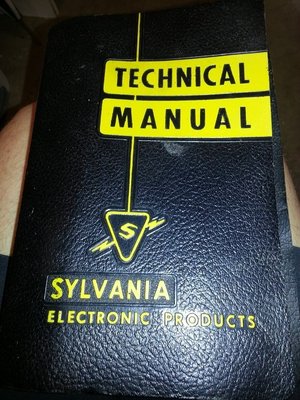OK. I bought this unit new in the early 1980's so I got my money's worth out of it. I still use it as a manual battery charger, but the timer and switch between 2 amps and10 amps don't seem to be working and it has been this way for about 20 years. Today, I finally broke down and took it apart to see why the timer switch didn't seem to be functional. After opening the switch, I see that it is opening and closing the contacts correctly with the switch's position indicator. I tested the main switched power wire and I see that it is continuous with the side that's on the other end of the contacts, whether the contacts are open or closed. Ruh roh! I am a mechanical engineer and I don't normally get deep into circuits, so I've about exceeded my circuit skills. I would guess that whatever the thing is in the glass vial (just right of center in the bottom photo) is the problem. It seems to be an electrical switch that is supposed to disconnect at some point but it is failed in the closed position.
Does anyone know anything about these things or their failure modes???

















